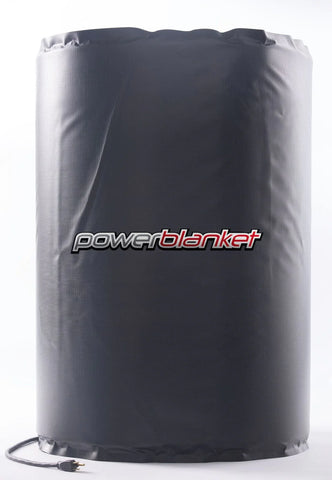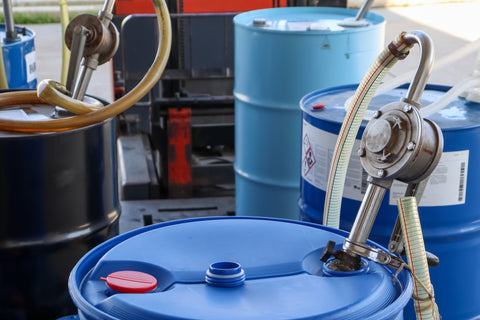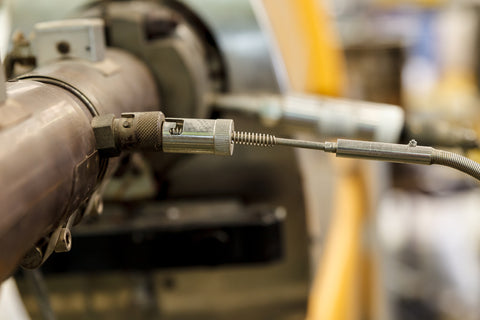10-Gallon Buckets | Capacity, Dimensions, and Uses
If you've ever needed to store or transport large quantities of liquid or material, you may have come across the 10-gallon drum/bucket. In this article, we'll take a closer look at the different dimensions of this versatile container and how they play a crucial role in its functionality and suitability for various purposes. By understanding the dimensions of a 10-gallon drum/bucket, you'll be better equipped to select the right container for your needs.
A 10-gallon drum/bucket is a container that can hold up to 10 gallons of liquid or material. It is commonly used for storing and transporting various types of liquids, including chemicals, oils, and water.
The purpose of this article is to discuss the different dimensions of a 10-gallon drum/bucket. It will explore the height, diameter, weight, material, shape, and accessories of a 10-gallon drum/bucket and their importance in determining the suitability of the container for different purposes.
The dimensions of a 10-gallon drum/bucket are crucial to understanding its capacity and suitability for specific uses. The height and diameter determine the storage capacity, weight affects portability, material affects durability, and shape and accessories affect functionality.

Height of a 10-Gallon Drum
The average height of a 10-gallon drum/bucket is around 24 inches (61 cm). However, the height may vary depending on the specific design and shape of the container.
The height of a 10-gallon drum/bucket plays a significant role in determining its storage capacity. A taller container with a smaller diameter can hold the same volume of liquid as a shorter container with a larger diameter. Therefore, if storage space is limited, a taller container may be more suitable. However, a shorter container with a larger diameter may be easier to access and pour from. It's essential to consider the height and diameter of a 10-gallon drum/bucket when selecting the right container for your specific needs.
Diameter of a 10-Gallon Drum
The average diameter of a 10-gallon drum/bucket is around 16 inches (41 cm). However, like the height, the diameter may vary depending on the specific design and shape of the container.
The diameter of a 10-gallon drum/bucket is also crucial in determining its storage capacity. A wider container with a shorter height can hold the same volume of liquid as a taller container with a smaller diameter. A wider diameter can also provide better stability for the container, especially if it's filled with a heavy liquid. However, a wider container may also take up more storage space and be more challenging to maneuver. Therefore, it's important to consider both the height and diameter when selecting the right 10-gallon drum/bucket for your specific needs.
Weight of a 10-Gallon Drum
The average weight of a 10-gallon drum/bucket can vary depending on the material used to make it. For example, a steel 10-gallon drum/bucket can weigh around 30 pounds (13.6 kg), while a plastic 10-gallon drum/bucket can weigh around 5-7 pounds (2.3-3.2 kg).
The weight of a 10-gallon drum/bucket is crucial in determining its portability. A lighter container may be easier to move around and transport, while a heavier container may require more effort and additional equipment. However, a heavier container may also provide better stability and be more durable, depending on the material used. It's essential to consider the weight of a 10-gallon drum/bucket when selecting the right container for your specific needs, especially if portability is a significant factor.

Types and Materials of 10-Gallon Drums
Drums can be made from various materials, including plastic, steel, and fiber. Plastic drums are lightweight, affordable, and corrosion-resistant, making them ideal for transporting water, chemicals, and other liquids. Steel drums are more durable and can withstand higher temperatures and pressures, making them ideal for transporting hazardous materials or storing flammable liquids. Fiber drums are lightweight, affordable, and resistant to corrosion and chemicals, making them suitable for various industrial applications.
The material used to make a drum is crucial in determining its durability and suitability for specific uses. For example, plastic drums may be unsuitable for storing or transporting hazardous materials due to their lower durability and resistance to high temperatures and pressures. On the other hand, steel drums may not be suitable for storing or transporting water or other liquids that can cause corrosion due to their higher weight and cost. It's important to consider the material when selecting the right drum for your specific needs.
Common Drum Accessories
Common accessories of drums include bungs, lids, and liners. Bungs are plugs that seal the drum's openings and can be threaded or non-threaded. Lids are covers that fit on top of the drum and can be removable or hinged. Liners are plastic bags that line the interior of the drum and can protect the contents from contamination or corrosion.
Accessories can enhance the functionality of a drum and make it more suitable for specific uses. For example, bungs can prevent leakage and spillage during transport, while lids can provide additional protection against contamination. Liners can protect the contents from corrosion or chemical reactions and make it easier to clean the drum after use. It's important to consider the accessories when selecting the right drum for your specific needs.
Summary of 10-Gallon Drum Dimensions
Drums come in various dimensions, including height, diameter, weight, material, shape, and accessories. These dimensions play a crucial role in determining the capacity, portability, durability, suitability, stability, and functionality of the drum.
Understanding the dimensions of drums is essential in selecting the right drum for specific uses. For example, a taller drum with a smaller diameter may be more suitable for storing in a limited space, while a wider drum with a shorter height may be easier to pour from. The material and shape of the drum can also affect its durability and stability, while accessories can enhance its functionality.
When selecting a drum for specific purposes, it's essential to consider the dimensions, material, shape, and accessories of the drum. The right drum can make a significant difference in the efficiency and safety of the storage and transport of liquids or materials. Therefore, it's crucial to assess the specific needs and requirements before purchasing.







